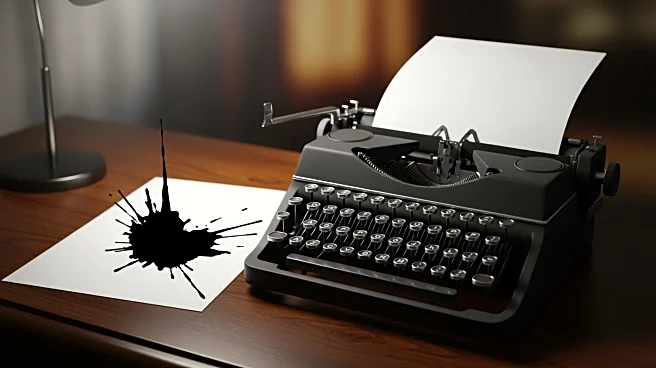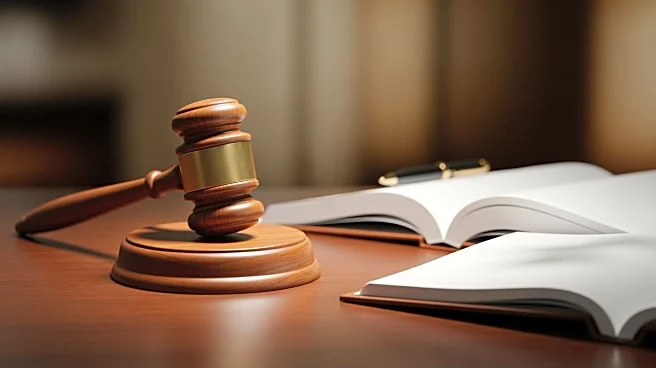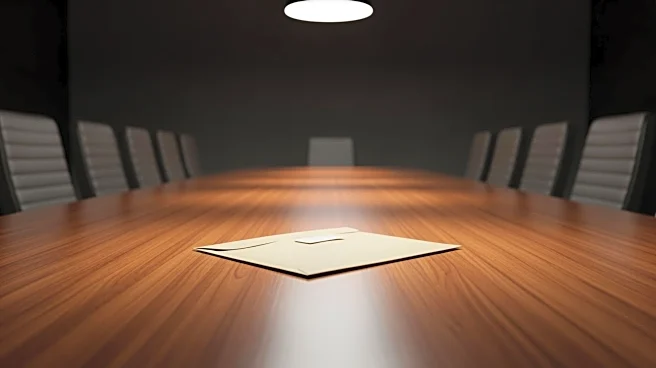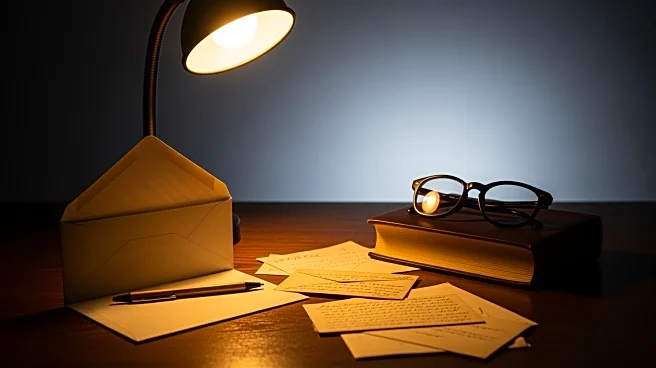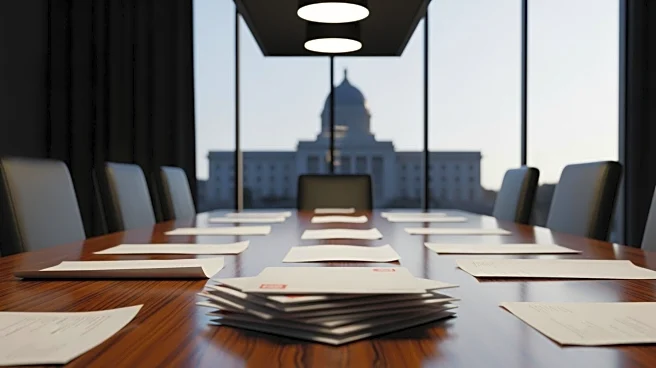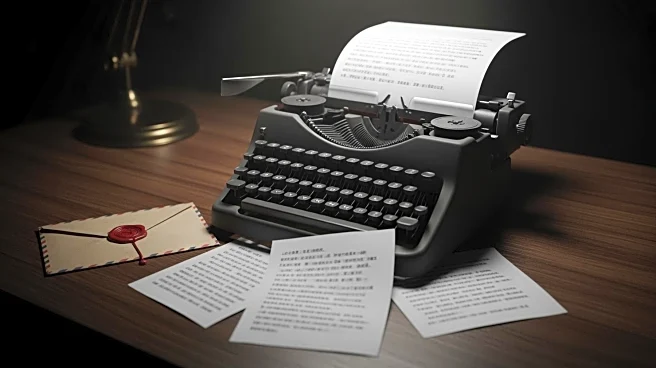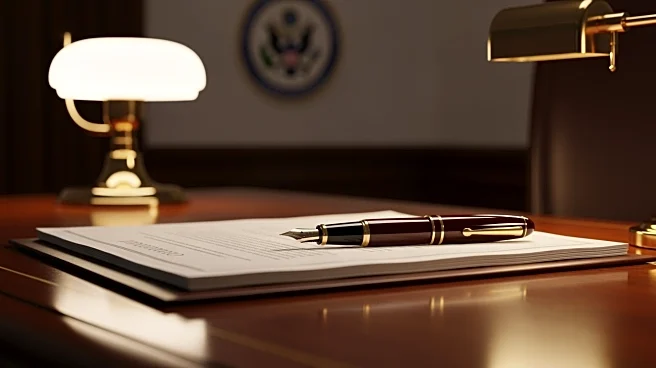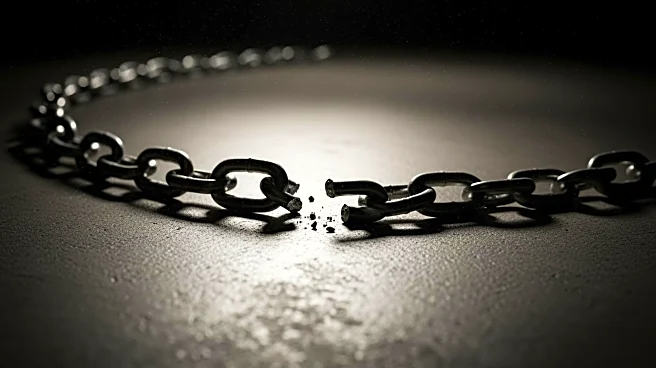What's Happening?
Recently released Epstein files have unveiled email exchanges between artist Andres Serrano and Jeffrey Epstein, the convicted financier. The correspondence, dated October 2016, reveals Serrano's thoughts
on the U.S. presidential election and his reaction to the controversy surrounding President Trump's comments. Serrano expressed his disillusionment with the outrage over Trump's remarks, considering them as 'locker room talk.' The emails also discuss Serrano's art exhibition in Ireland and his interactions with Epstein, including a trade agreement involving a statue and a photograph. Serrano's relationship with Epstein dates back to the 1990s, when he learned of Epstein's acquisition of a coveted statue.
Why It's Important?
The revelation of Serrano's correspondence with Epstein adds a new dimension to the ongoing scrutiny of Epstein's connections with various public figures. It highlights the complex interactions between the art world and controversial personalities, raising questions about the ethical considerations of such relationships. Serrano's comments on the presidential election reflect broader societal debates around political discourse and the impact of public figures' statements. The disclosure of these emails may prompt further examination of the art world's ties to influential individuals and the implications of these associations.
What's Next?
The release of the Epstein files may lead to increased scrutiny of Serrano's interactions with Epstein and other figures within the art community. As the public and media delve into the details of these exchanges, discussions around the ethical responsibilities of artists and their associations may gain traction. The art world may face calls for greater transparency and accountability in its dealings with controversial figures, potentially influencing future collaborations and projects.
Beyond the Headlines
The correspondence between Serrano and Epstein underscores the broader theme of power dynamics within the art world and the influence of wealthy patrons on artistic expression. It raises questions about the role of artists in navigating complex relationships and the impact of these interactions on their work and public perception. The disclosure of these emails may also contribute to ongoing debates around censorship and the freedom of expression in the arts, challenging artists to reflect on their responsibilities and the messages they convey.
